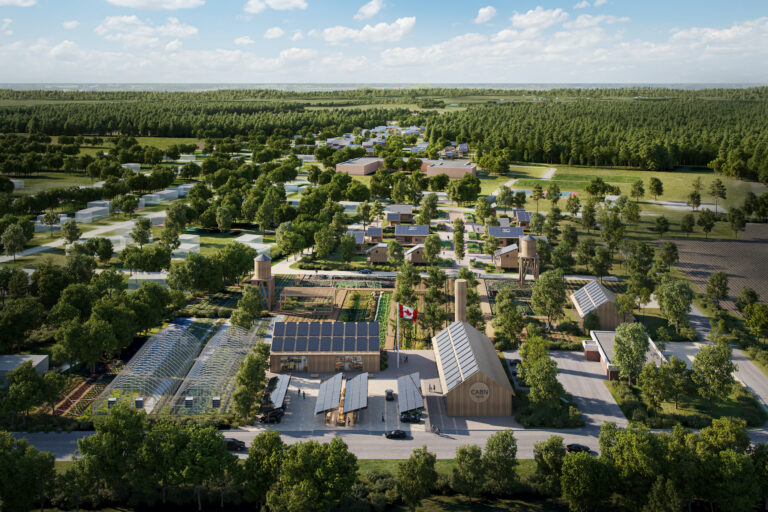Monday, June 30, 2025
The Federation of Canadian Municipalities (FCM) recently released concrete proposals to protect Canadians and communities of all sizes across the country from the impacts of climate change. These recommendations are designed to inform the ongoing development of the federal government’s National Adaptation Strategy (NAS).
For several years in a row, record-breaking heatwaves, flooding, and devastating wildfires have wreaked havoc on homes, businesses, and communities. These extreme weather events are becoming more frequent and severe, and Canada is not prepared to face them. There is an urgent need to ramp up our efforts to better understand and mitigate climate risks both short and long term across the country, especially for the communities that are most at risk.
“Local leaders are already making the most of available tools to protect their residents,” said Taneen Rudyk, president of FCM. “As frontline governments, we’re driving local adaptation projects that are cutting GHG emissions and making communities more resilient to the next flood or fire—while improving residents’ access to nature. But the levels of funding and planning right now are nowhere near where they need to be to protect Canadians from what’s coming.”

FCM President Taneen Rudyk is a fourth term councillor for the Town of Vegreville, Alberta. She was first elected to council in 2010 and was elected to the FCM Board of Directors since 2017. Image credit: FCM.
FCM’s recommendations follow four overarching themes and represent a bold vision on how the federal government and municipal governments can lead efforts: through strong partnerships, smart investments, and an equity centered and open approach to collaboration and reconciliation.
- Scale up investment in resilient public infrastructure and nature-based solutions.
There is an urgent need to rapidly scale up investment in disaster mitigation and climate resilient infrastructure for communities of all sizes. Investing in proven delivery mechanisms, like the Disaster Mitigation and Adaptation Fund, and expanding existing programs, like the Natural Infrastructure Fund and the Green Municipal Fund, are ways to quickly scale up action. - Invest in climate data, local and regional climate risk and vulnerability assessments.
To understand and plan for increasing climate risks, municipalities of all sizes need access to local and regional data and support to conduct local risk and vulnerability assessments. - Integrate climate risks into public sector decision making.
Embedding climate considerations directly into decision making at the local level is one of the most promising pathways towards climate resiliency. Through the Municipal Asset Management Program, FCM has been working to help municipalities integrate climate into infrastructure planning, maintenance and investment decisions, and the NAS can expand this effective approach. - Build effective collaboration and climate governance practices.
The implementation of the National Adaptation Strategy and its Action Plan must include a long-term mechanism for collaboration between federal, provincial, territorial and municipal governments, First Nation, Métis, Inuit, urban and rural Indigenous Communities, as well as NGOs and civil society. Regional or risk-based collaboration, ongoing monitoring, evaluation and progress reporting are critical to save lives and protect communities.
“It’s time for bold action. With the right tools, municipalities are ready to do more. Protecting Canadians from climate change takes ongoing investment directly in our communities—where new weather extremes and climate conditions are unfolding,” added Rudyk. “Past investments in disaster mitigation and adaptation were welcome, but the needs on the ground are much greater and we need to be ready for what the future holds. We’re eager to strengthen the federal municipal partnership to better protect our communities.”
Read FCM’s recommendations for the National Adaptation Strategy.











